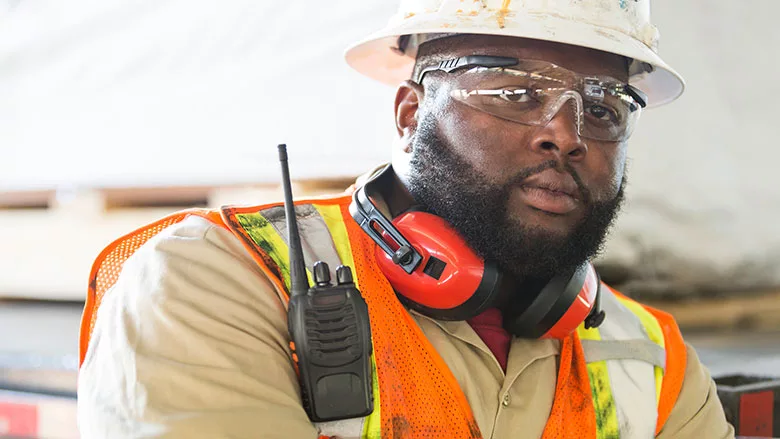The Critical Role of Succession Planning in the Drilling Industry
What Happens When Key People Get Sick or Find New Jobs?

In a small company, it may be obvious who your “backfill” talent is for key positions, like lead driller or operations manager. In larger organizations, human resources has ways to identify and assess internal talent
Source: Getty Images
It’s no secret that the drilling industry, like many others, struggles in the current skilled labor shortage. With a lack of qualified, skilled labor coming into drilling, we continue to rely heavily on the tribal knowledge of our most experienced drillers. But what happens when we stop facilitating the knowledge transfer from older-generation employees to new employees? How can we ensure the sustainability of our companies — and our industry — without ensuring we have the talent to backfill the baby-boom generation?
This column dives into how organizations can start succession planning efforts now to help facilitate knowledge transfer and help groom the next generation of drillers.
Survey your Workforce
The first step in succession planning efforts is to survey your workforce. When doing this, identify employees in key positions, whether that be an operational manager or a lead driller. Be sure to include roles or employees instrumental to the success of your organization, regardless of title.
Identify Bench Talent
Once you identify your key employees and positions, consider who you have internally to potentially backfill those roles in the future. This process should involve collaboration between operational and human resource leaders, who can guide your organization through the various ways to identify and assess talent on hand.
Set Realistic Timelines
Next, consider how long it would take for your bench talent to be effective in those key roles. This helps you set a strategic timeline for training and development. Many other factors can also influence this timeline, such as planned time off, seasonal peaks in workload, and internal promotions or lateral moves.
Create a Career Progression Plan
After you identify key and bench talent and set realistic timelines, you need a plan in place to facilitate knowledge transfer. Remember that not everyone is a natural born mentor or coach. It may be challenging for some of your more senior-level drillers to mentor and train a younger, high-potential employee. While some senior employees might just be lacking the skills for effective coaching, others may simply not want this responsibility whatsoever.
As organizational leaders, the last thing we want is for a senior driller to leave the organization without us having identified a realistic replacement, or backfill, for that critical role.
To overcome this challenge, you want to communicate the importance of training and development and help your experienced employees understand the value in their drilling knowledge. The sustainability of the industry depends largely on our senior-level leaders’ abilities and willingness to invest in the next generation of drillers and mentor them accordingly.
As organizational leaders, the last thing we want is for a senior driller to leave the organization without us having identified a realistic replacement, or backfill, for that critical role. By following these basic practices for succession planning, you can take the first step toward preparing your organization for continued growth and sustainability for years to come.
Looking for a reprint of this article?
From high-res PDFs to custom plaques, order your copy today!





